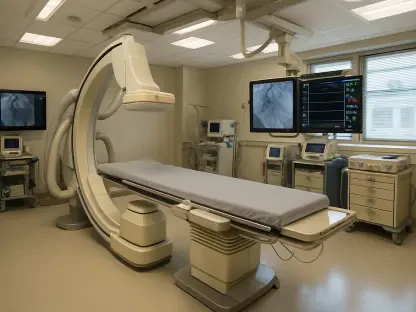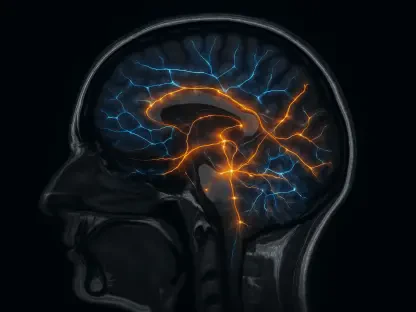The Trump administration has initiated a sweeping reform aimed at reducing the federal workforce as part of a larger effort to streamline the United States government. This move is implemented through an executive order signed by President Donald Trump, which instructs federal agency heads to collaborate with the Department of Government Efficiency (DOGE), under the leadership of Elon Musk, to develop plans for significant reductions in personnel. Musk has vigorously defended the directive, branding it an act to “restore democracy” by targeting what he calls an “unelected, fourth, unconstitutional branch of government,” a term he uses to describe career government employees.
Job Cuts and Their Implications
Broad Scope of the Directive
As highlighted by this newly issued executive order, agency heads are mandated to outline strategies that include substantial job cuts, predominantly targeting temporary staff and positions within offices that lack explicit legal mandates. Furthermore, the directive enforces a stringent new hiring policy, restricting agencies to hire only one new employee for every four departing personnel. This is projected to affect a wide spectrum of agencies, including essential ones like the Department of Health and Human Services (HHS), which encompasses the Food and Drug Administration (FDA), the National Institutes of Health (NIH), and the Centers for Disease Control and Prevention (CDC).
This round of layoffs follows earlier rumors about possible widespread cuts at HHS; however, this current directive has a broader scope, possibly impacting more agencies but with potentially less severity compared to the earlier HHS-specific speculations. One significant aspect of the order is its potential impact on the FDA workforce, especially those whose salaries are funded through industry user fees rather than federal appropriations. Depending on the interpretation of the order, these positions might evade the cuts, but the ambiguity surrounding such exemptions adds to the uncertainty faced by these employees.
Exemptions and Areas of Uncertainty
The executive order does outline certain exemptions, particularly for roles connected to public safety, immigration enforcement, and law enforcement. However, the precise definition of “public safety” remains vague, leaving room for varied interpretations that could either widen or narrow the scope of exempted positions. In stark contrast, military personnel are strictly excluded from this directive, ensuring their job security amidst the broader government employment shake-up.
Granting significant power to DOGE under Musk’s leadership, this directive has the potential to exacerbate staffing issues within agencies such as the FDA. The agency may struggle with an already limited workforce, posing risks to its operations and the overall public health landscape. Additionally, concerns over DOGE’s intentions to cut NIH funding for research have been declining its credibility, although court orders have temporarily halted these actions amid bipartisan resistance fearing detrimental effects on the nation’s scientific prowess.
Political and Scientific Landscape
Potential Leadership Changes and Their Effects
Coinciding with the implementation of this directive is the Senate’s deliberation over the nomination of Robert F. Kennedy Jr. as the Secretary of HHS. Notably, Kennedy’s nomination continues to advance despite bipartisan reservations about his stance on vaccines, a topic that has sparked significant controversy. The Senate Finance Committee has already approved his nomination, setting the stage for a potential floor vote that could elevate him to this crucial position.
Kennedy’s stance appears to align closely with the Trump administration’s broader agenda, including intentions to restructure the FDA. Should he be confirmed, it is expected that Kennedy would pursue this overhaul, in sync with the administration’s objectives of reducing what it perceives as bureaucratic inefficiencies and enhancing governmental accountability. This proposed restructuring, if carried out, can profoundly impact the FDA’s operations, potentially influencing the nation’s regulatory landscape.
Future Considerations and Challenges
The Trump administration has launched a comprehensive reform to downsize the federal workforce, part of a broader goal to streamline the United States government. This initiative is executed through an executive order signed by President Donald Trump, directing federal agency leaders to work with the Department of Government Efficiency (DOGE), headed by Elon Musk, to create plans for considerable personnel reductions. Musk staunchly supports the directive, calling it an effort to “restore democracy” by addressing what he refers to as an “unelected, fourth, unconstitutional branch of government,” a term he uses to describe career government employees. Musk argues that by targeting this group, the government can become more efficient and accountable to the American people. The directive aims not only to reduce costs but also to modernize governmental operations, ensuring that the system serves citizens more effectively. This major overhaul represents a significant shift in how the federal workforce is perceived and structured.









